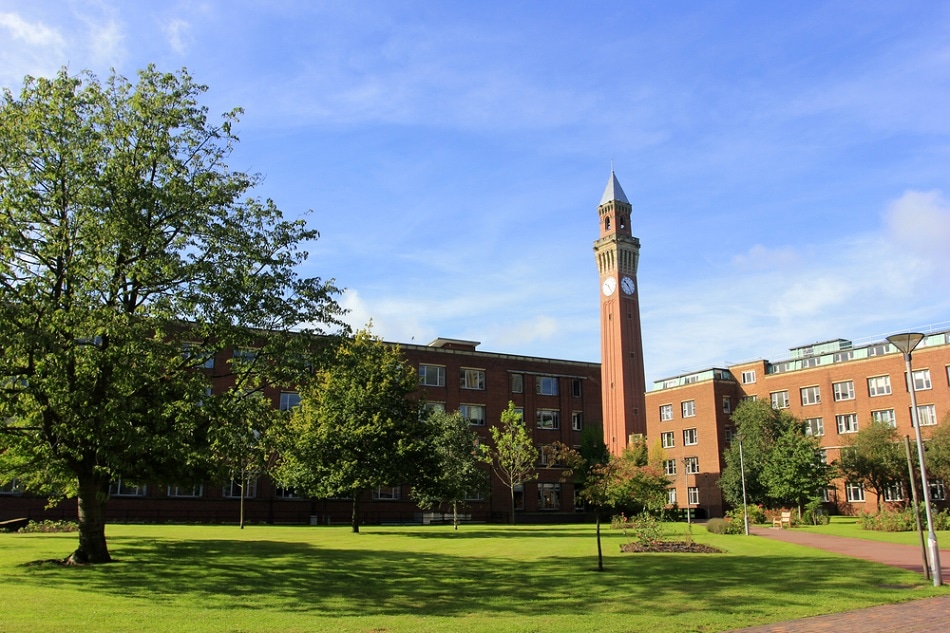Sep 2 2019
A robotic system that can perform a crucial task in taking apart component parts has been successfully built by engineers at the University of Birmingham.
 Yuangeng Zhang / Shutterstock
Yuangeng Zhang / Shutterstock
The study is a significant advance for manufacturers seeking more efficient methods to design products from a combination of repaired, reused, and new parts.
This process, referred to as remanufacturing, is becoming progressively conventional in manufacturing and is appealing because it can use as little as 10% of the raw materials and energy needed to construct the product from the very first step. It can also decrease CO2 emissions by over 80%.
A vital part of the process is the ability to take apart the “core”—the returned product. It is a challenge because of the enormous variety within these products, with several unknowns in the shape, size, and condition of components.
The latest study, published in Royal Society Open Science, shows a process for eliminating pins from holes—such components are very common in a wide range of machines, like internal combustion engines. The study is the first to explore this operation in detail and identify the main parameters needed to make the process automatic.
Processes currently used for automating disassembly are fairly ad hoc. We need to be able to design robust systems that can handle the uncertainties that are inherent in disassembly processes—and to do that, we need a better fundamental understanding of disassembly. The results of this study demonstrate how that fundamental understanding can be used to design robotic systems for reliably performing one common disassembly operation.
Yongquan Zhang, Study Lead Author, Autonomous Remanufacturing Laboratory, University of Birmingham